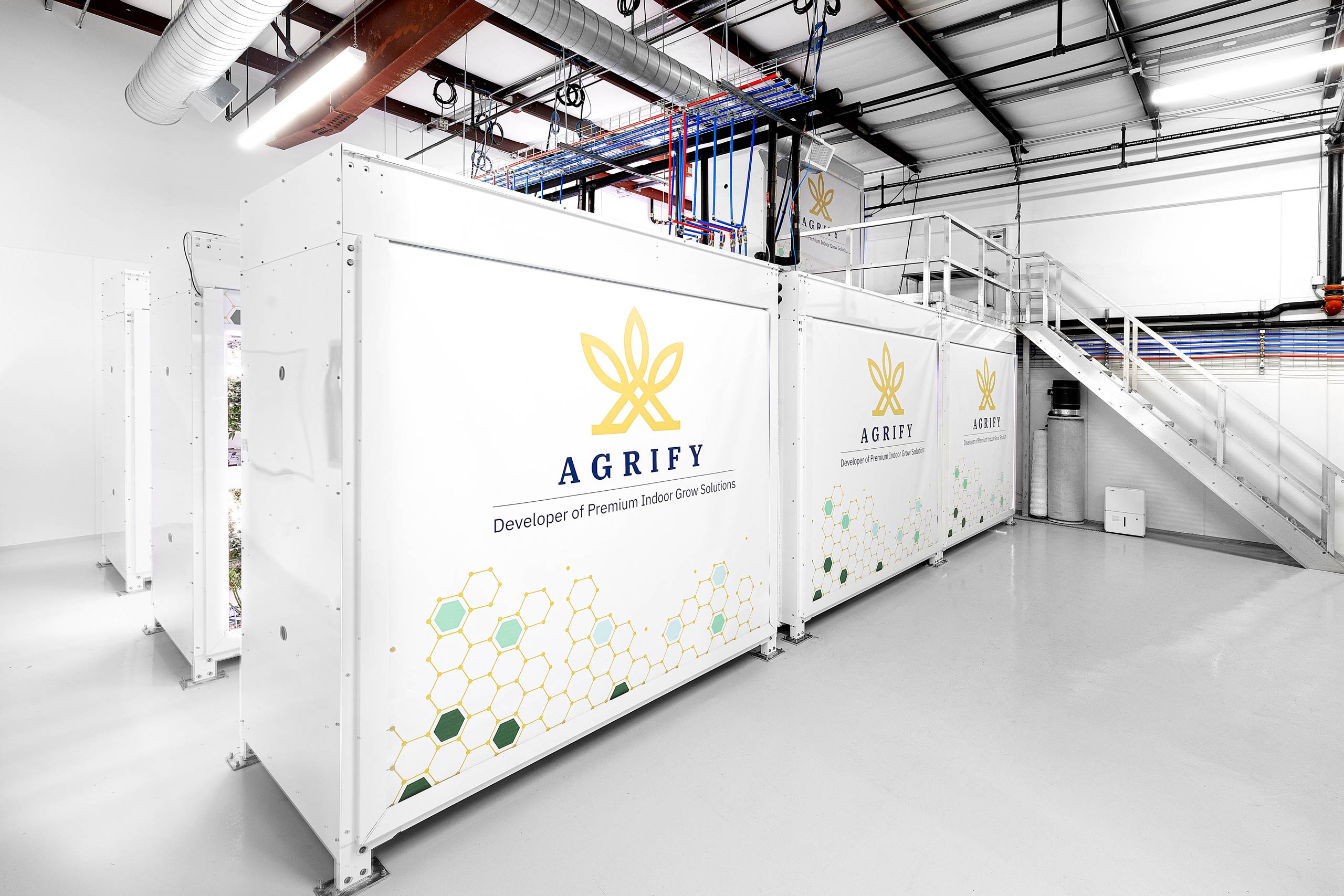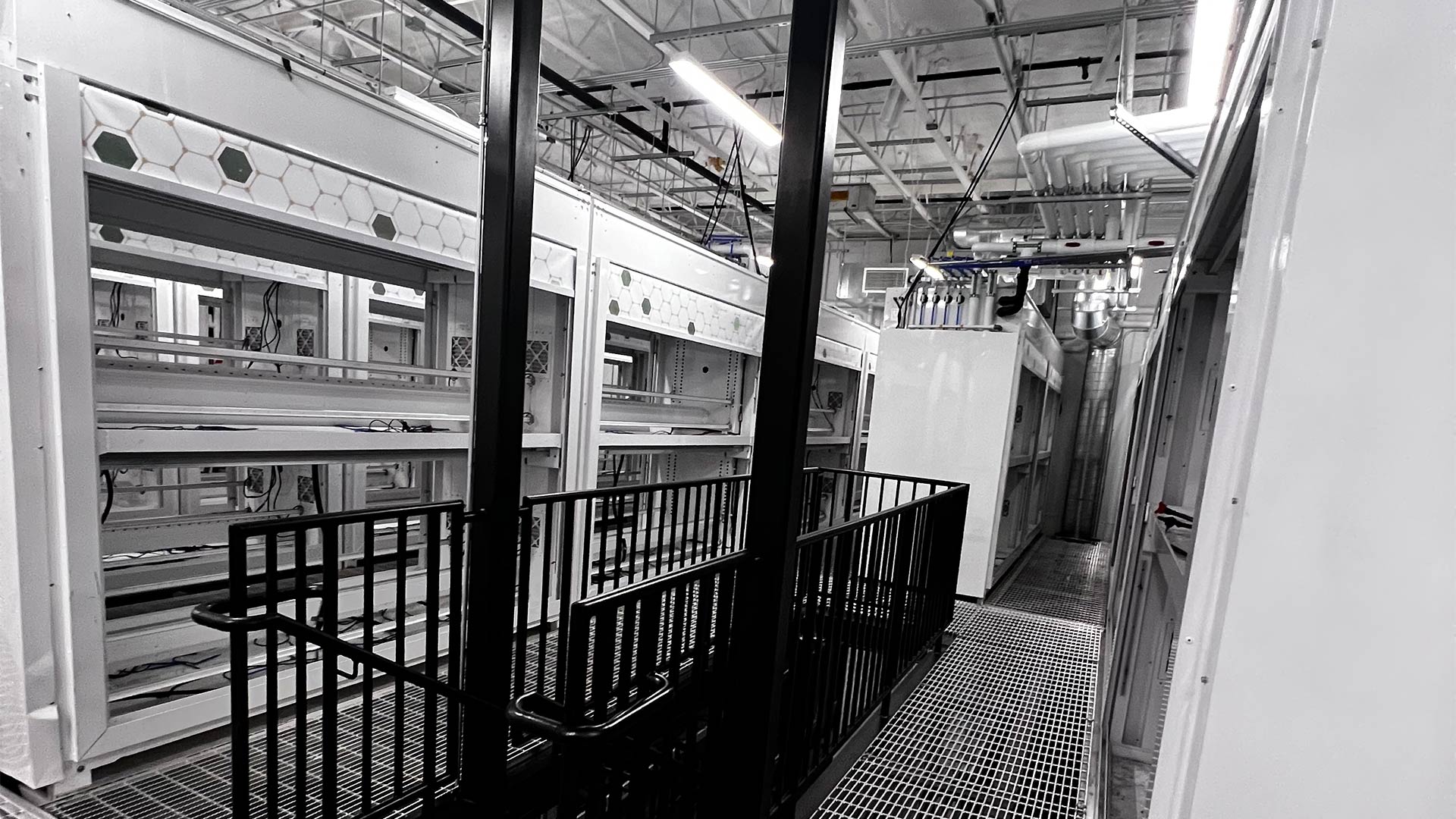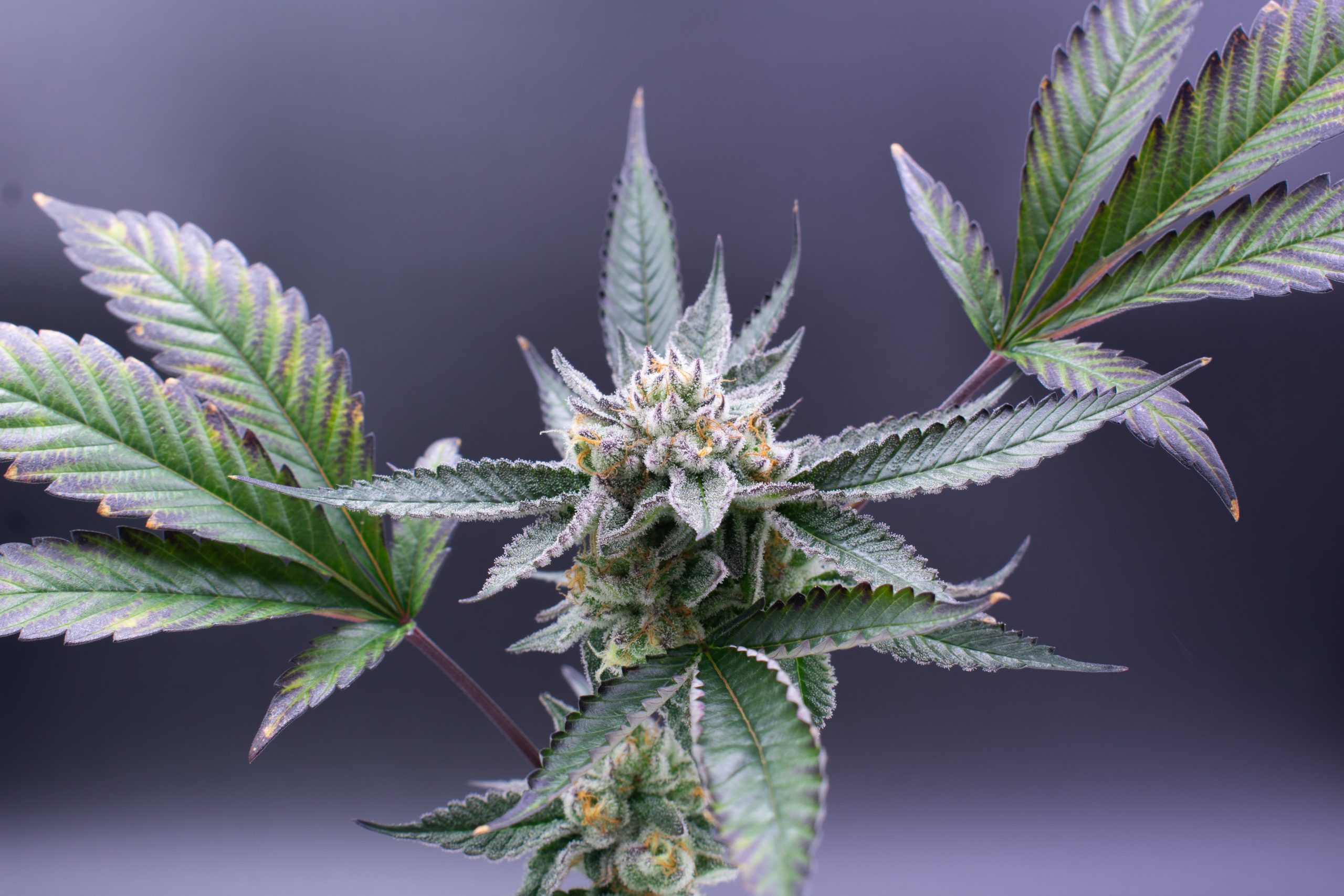This Croptober, outdoor cannabis cultivators on the West Coast have been major victims of unexpected raging wildfires.
A number of cannabis farms in Northern California were burned down, while the fifth of Oregon’s cannabis farms have been evacuated over the past month, Green Entrepreneur reports.
Moreover, an excessive amount of smoke and ash heavily affected the plants’ growth by blocking sunlight. As a result, marijuana flower is more prone to mold, causing crops to fail state-mandated testing.
“The wildfires, as unfortunate as they are, bring to light the lack of control outdoor and greenhouse growers face with cultivation methodologies that afford no control over the growing environment,” Raymond Nobu Chang, president, and CEO of Agrify told Benzinga. “Not only does indoor cultivation mitigate the risk of smoke and ash damage, but it also allows indoor cultivation facilities to incorporate fire suppression systems.”
And while the Small Business Administration provided a partial solution to the problems cannabis business in Oregon face, companies like Agrify offer more sustainable solutions.
Agrify Technology
Agrify is a developer of systems-engineered indoor grow solutions that address shortfalls in the current cannabis cultivation methods, as well as other crops.
Chang explained the company primarily focuses on providing solutions to the lack of consistency, quality, and reliability of the flower produced.
Its scalable, vertically stackable multi-tier growth chamber – The Vertical Farming Unit VFU – scales up the production and provides optimized cultivation environments.
The chambers are regulated by a purpose-built software – Agrify Insights – which allows “high-fidelity control over reproduction of uniform internal micro-climates,” Chang continued.
“The reproduction of specific cultivation environments (based on almost 1-million data points collected by each VFU per year) minimize the chemotypic and phenotypic variability of the flower while increasing its quality,” he added.
2020 Challenges
Meanwhile, following the purchase of TriGrow Systems, Inc., Agrify continued to expand its footprint in the cannabis space, as well as the number of installations.
Chang noted that cultivators continue to show “strong interest.”
“More and more cultivators shift their mindset towards consistency and quality, whilst being mindful of the need to reduce their overall OPEX,” he added.
And while 2020 has been a challenge for the industry, as the companies experienced the pandemic-related setbacks, including postponements in constructions, permitting, licensing, as well as overall funding shortage, Chang said they begin to “see some resurgence.”
Once the election risk is “out of the way in few weeks, the industry will see a tremendous bounce-back in the years to come,” he believes.
2021 Outlook
The company is poised to expand its presence in “every deregulated state,” said Chang, disclosing its plans for the next year.
Agrify also intends to collaborate with the large MSOs to “help them achieve better consistency and quality across different regional cultivation facilities.”
On the internal level, the company plans to improve “precision vertical grow solutions to help solve our customers’ pain points,” Chang added, highlighting it would also expand their product offerings aiming to achieve “a true one-stop solution for our customers.”
See original article written by Jelena Martinovic on Benzinga here.
To learn more about the technology and software from Agrify, and how it can help optimize your cultivation operation, download our free Precision Elevated brochure:






